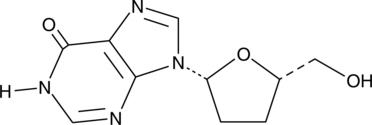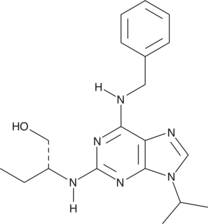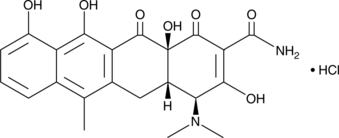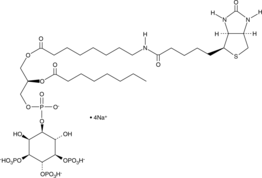Description
A nucleoside analog with antiviral properties; inhibits replication of laboratory and clinical isolate wild-type and polV74 mutant HIV viruses in PBMCs (IC50s = 0.3-1.4 and 1.1-11.2 μM for wild-type and pol74 mutant strains, respectively); decreases the number of HIV-infected mice (IC50 = 13.7 mg/kg per day, i.p. starting the day before infection with HIV) in a SCID-hu mouse model of human hematolymphoid engrafted organs
Formal name: 2′,3′-dideoxy-inosine
Synonyms: 2′,3′-Dideoxyinosine|ddl|NSC 612049
Molecular weight: 236.2
CAS: 69655-05-6
Purity: ≥98%
Formulation: A crystalline solid
Product Type|Biochemicals|Antivirals||Product Type|Biochemicals|Nucleotides/Nucleosides||Research Area|Immunology & Inflammation||Research Area|Infectious Disease|Viral Diseases|HIV & AIDS



